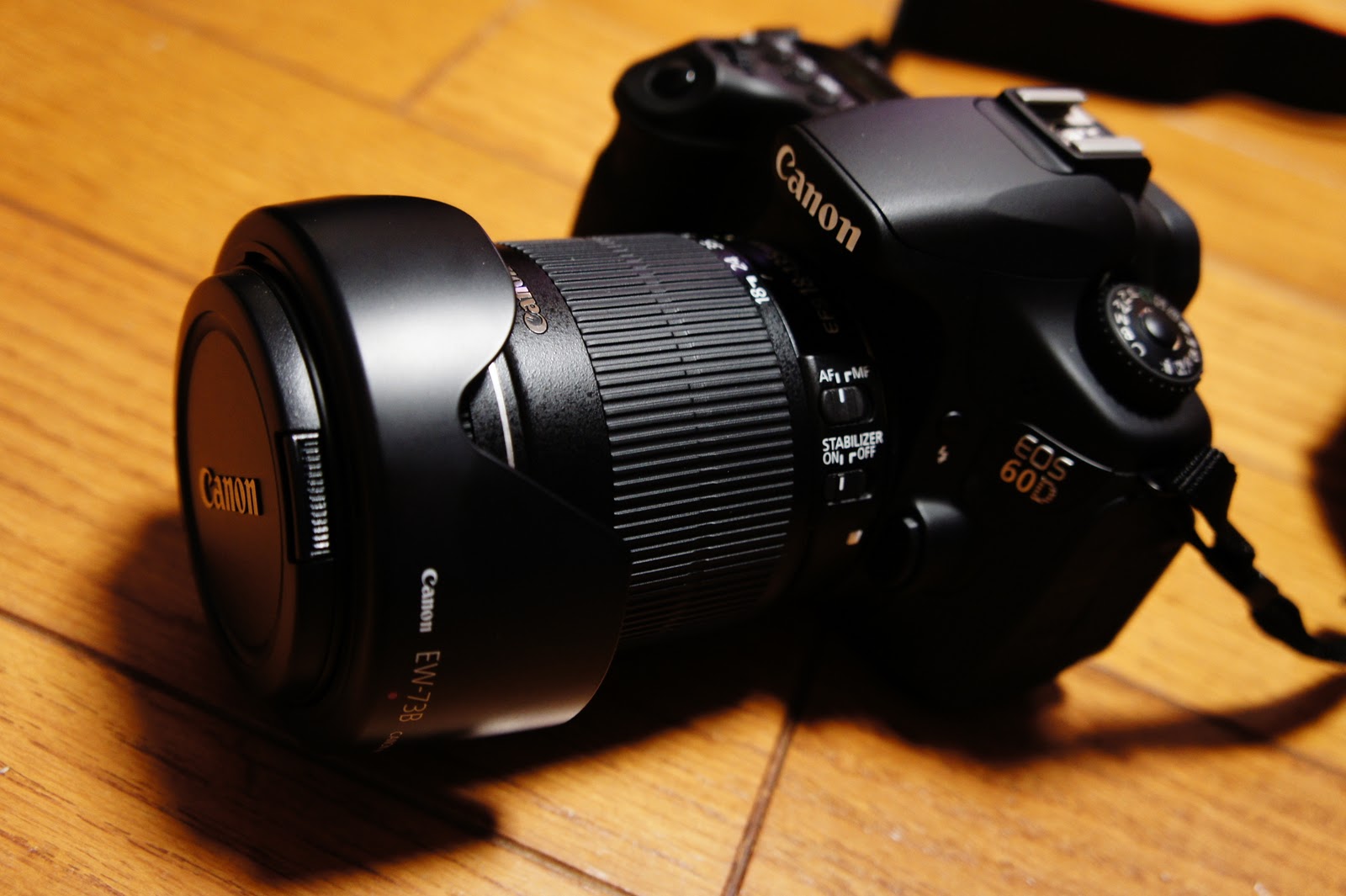

Worse, rather than offer a dedicated Live View/Video switch as on the 7D, the 60D has a video mode on the dial. But the button is in the middle of the dial, and pressing it down while turning is quite awkward. For instance, the new mode dial has a locking button to prevent accidental turns. It's as if Canon purposefully tried to deviate from the very functional 7D layout just to be different, or-even worse-to make the camera less fluid to use in order to "persuade" commercial shooters to buy the more expensive model. But elsewhere, my biggest gripe is with the design. Though it lacks the coverage of the D7000's, the viewfinder is still big, relatively bright, and comfortable to use.
#60d canon frame pdf
(For a full accounting of the 60D's features and operation, you can download the PDF manual.) The scene modes also now utilize the ambiance selection options, making them a little more flexible. I'm still not a big fan of CA, especially in this class of camera. From a specification perspective, there are some backward steps, including a less durable shutter mechanism than the 50D.Ĭanon's version of an easy mode, Creative Auto, now operates via what it calls "ambience selection"-Standard, Vivid, Soft, Warm, Intense, Cool, Brighter, Darker, and Monochrome-for which you can set it to one of three levels. And at users' request, the company has added a 3:2 aspect ratio setting. Though the camera still only supports a three-shot bracket, the range has been expanded to three stops (in 1/3-stop increments). The same goes for the autofocus system: it's fast and relatively accurate enough for most amateurs.ĩ-pt AF all cross-type center cross to f2.8ġ9-pt AF all cross-type center cross-type to f2.8ġ/8,000 to 30 secs bulb 1/250 sec x-sync
#60d canon frame pro
It's still fast enough for anyone who's not shooting fast-moving pro sports or land-speed-record wildlife. This may also be attributable to the large files. At 5fps, I can't really call the 60D's burst performance disappointing, but it's a full frame slower than the 50D and a bit more sluggish than the D7000. These lag behind the 50D, but that's likely because of the 60D's much larger files. Two sequential shots run 0.5 or 0.6 second, for JPEG and raw, respectively. It takes only 0.3 second to focus and shoot in good light, which rises to 0.5 second in lower-contrast conditions these are significantly faster than the 50D, thanks to the updated autofocus system. Like the D7000, the 60D is fast-though it's slower than its predecessor in some aspects. I'm not sure why this happened, and as always, user inconsistency is an option, but so is in-camera distortion control and changes to the lens manufacturing over the course of the year. My more recent shots displayed more distortion and fringing than the ones I shot more than a year ago. I wasn't quite as enamored of the 15-85mm kit lens this time around as I was when I tested it with the 7D (two different lenses). Though it's a very nice LCD, I frequently had trouble viewing it in direct sunlight. The 3-inch articulated LCD is also a great boon for shooting video. To get that to happen I had to dig out a really low-end card, though.
#60d canon frame movie
There's a card performance indicator that it will pop up during movie shooting with buffer status if necessary, and if your card isn't fast enough it will simply stop. Canon added support for the highlight-tone priority option in movie shooting as well. Though the built-in microphone is mono, it sounds surprisingly good, and there's a wind filter along with the same sound controls as the 5D Mark II: 64 levels.
#60d canon frame manual
It offers the set of frame rates and manual exposure controls that have made Canon's dSLRs a favorite among the small but vocal group of indie filmmakers. At its highest quality, it seems to deliver an average bit rate of roughly 44Mbps. Motion looks smooth, and I couldn't even force it to exhibit any rolling shutter. The most notable enhancement over the 50D is, of course, video capture, and the 60D acquits itself very well.


 0 kommentar(er)
0 kommentar(er)
